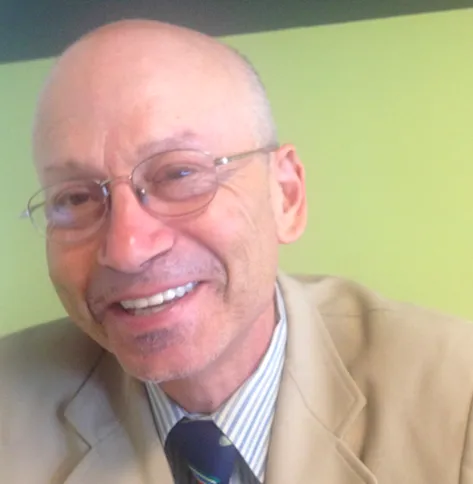Irvin Dawid discovered Planetizen when a classmate in an urban planning lab at San Jose State University shared it with him in 2003. When he left San Jose State that year, he took with him an interest in Planetizen, if not the master's degree in urban & regional planning.
As a long-time environmental activist, he formed the Sustainable Land Use committee for his local Sierra Club chapter and served six years on the Bay Area Air Quality Management District’s Advisory Council from 2002-2008. He maintains his interest in air quality by representing Sierra Club California on the Clean Air Dialogue, a working group of the Calif. Environmental Dialog representing business, regulatory and public health/environmental interests.
Major interests include transportation funding, e.g., gas taxes, vehicle miles traveled (VMT) fees, road tolls and energy subsidies that lead to unlevel playing fields for more sustainable choices.
He hails from Queens (Bayside) and Long Island (Great Neck); received an AAS in Fisheries & Wildlife Technology from SUNY Cobleskill and a B.S. from what is now Excelsior College.
After residing for three years on California’s North Coast, he’s lived on the San Francisco Peninsula since 1983, including 24 years in Palo Alto. Home is now near downtown Burlingame, a short bike-ride to the Caltrain station.
He’s been car-free since driving his 1972 Dodge Tradesman maxi-van, his means to exit Long Island in 1979, to the junkyard in 1988.
Major forms of transportation: A 1991 'citybike' and monthly Caltrain pass, zone 2-2. "It's no LIRR, but it may be the most bike friendly train in America."
Irvin can be reached at [email protected]

Contrasting the Coronavirus Impact in the Bay Area to New York City
Early intervention, or population density? NPR reporters based in the Bay Area and New York City offer explanations as to why the two regions are seeing such a wide contrast in experiences during the coronavirus outbreak.
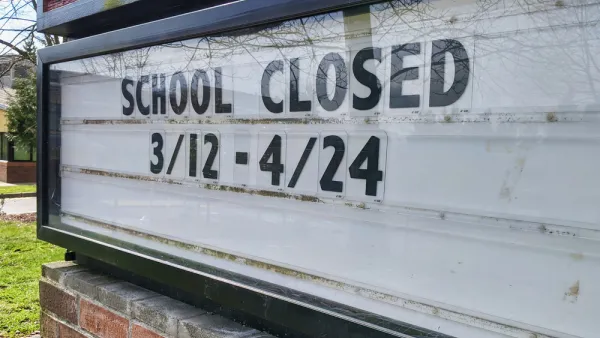
Learning from Seattle
The original epicenter of coronavirus outbreak was also the first region in the nation to implement social distancing measures, serving as a national model of behaviors that lessen the spread of the deadly virus.
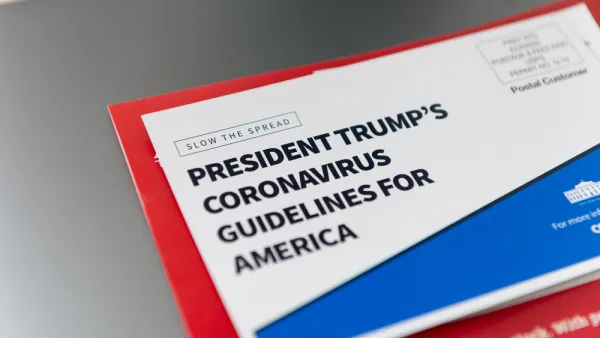
States Not Unified in Response to Coronavirus Pandemic
Public health experts were pleased that Trump extended his coronavirus guidelines, but they remain advisory, left to state and local governments to implement. Nine states have yet to issue stay-at-home orders, leaving the nation vulnerable to COVID.
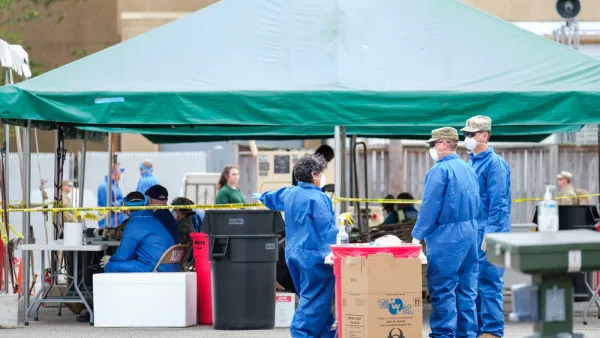
Louisiana Municipalities Go Beyond 'Shelter in Place' with Curfews and Checkpoints
Four parishes and one town in Louisiana, which has the nation's highest COVID-19 per capita death rate, are implementing strict containment strategies that go well beyond the statewide stay at home order to reduce community spread.
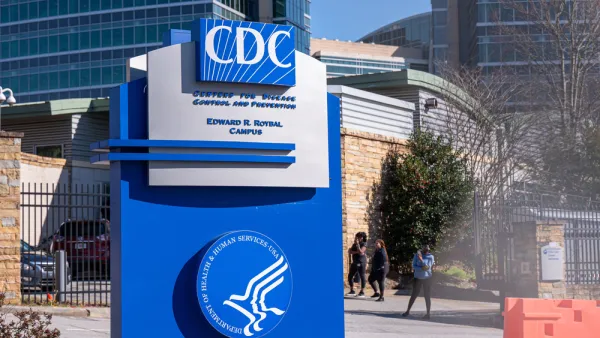
Counties in Louisiana, Georgia Lead Nation in COVID Death Rate
All eyes are fixed on New York City, the epicenter of the COVID-19 outbreak with its skyrocketing deaths, but the six counties with the highest number of coronavirus deaths per capita are in two Southern states as of April 1. Manhattan is #7.

























